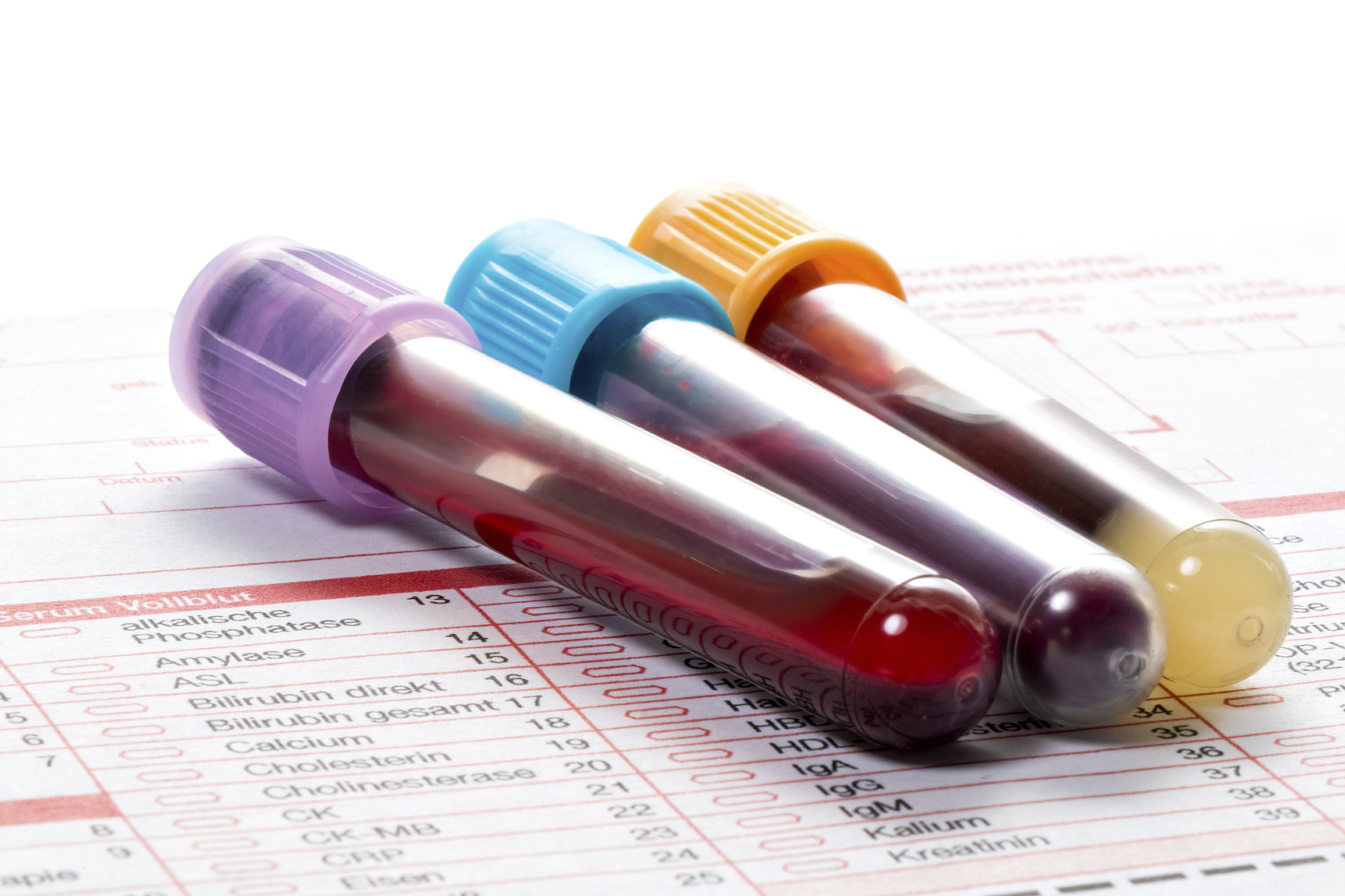- VolitionRx Limited (NYSEAMERICAN:VNRX) reported an EPS of -$0.06, aligning with estimates and generating revenue of approximately $593,000, surpassing expectations.
- The company’s financial metrics reveal challenges, including a negative P/E ratio of -1.62 and a high price-to-sales ratio of 41.05, indicating market expectations of future growth despite current financial difficulties.
- VNRX faces liquidity challenges with a current ratio of 0.22 and negative operating cash flow, as indicated by an enterprise value to operating cash flow ratio of -3.84.
VolitionRx Limited, trading as NYSEAMERICAN:VNRX, is a company focused on developing blood tests for cancer detection. On March 31, 2025, VNRX reported an earnings per share (EPS) of -$0.06, aligning with the estimated EPS of -$0.06. The company generated a revenue of approximately $593,000, surpassing the estimated revenue of about $545,000.
Despite matching EPS estimates, VNRX’s financial metrics reveal challenges. The company has a negative price-to-earnings (P/E) ratio of -1.62, indicating negative earnings. This suggests that the company is not currently profitable, which can be a concern for investors looking for growth.
The price-to-sales ratio of 41.05 indicates that investors are paying $41.05 for every dollar of sales generated by VNRX. This high ratio suggests that the market has high expectations for the company’s future growth, despite its current financial challenges. Similarly, the enterprise value to sales ratio is 41.42, reflecting the company’s valuation relative to its sales.
VNRX’s enterprise value to operating cash flow ratio is -3.84, indicating negative operating cash flow. This means the company is spending more cash than it is generating from its operations. Additionally, the earnings yield of -0.62% further highlights the company’s negative earnings situation, which can be a red flag for potential investors.
The debt-to-equity ratio of -0.27 suggests that VNRX has more equity than debt, but the negative value indicates potential financial instability. The current ratio of 0.22 implies liquidity challenges, as it is below the standard threshold of 1. This suggests that the company may struggle to meet its short-term obligations, which could impact its financial health.




